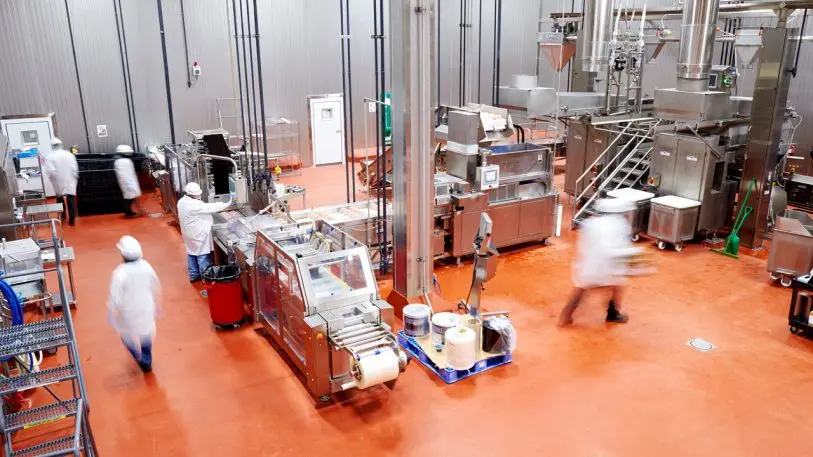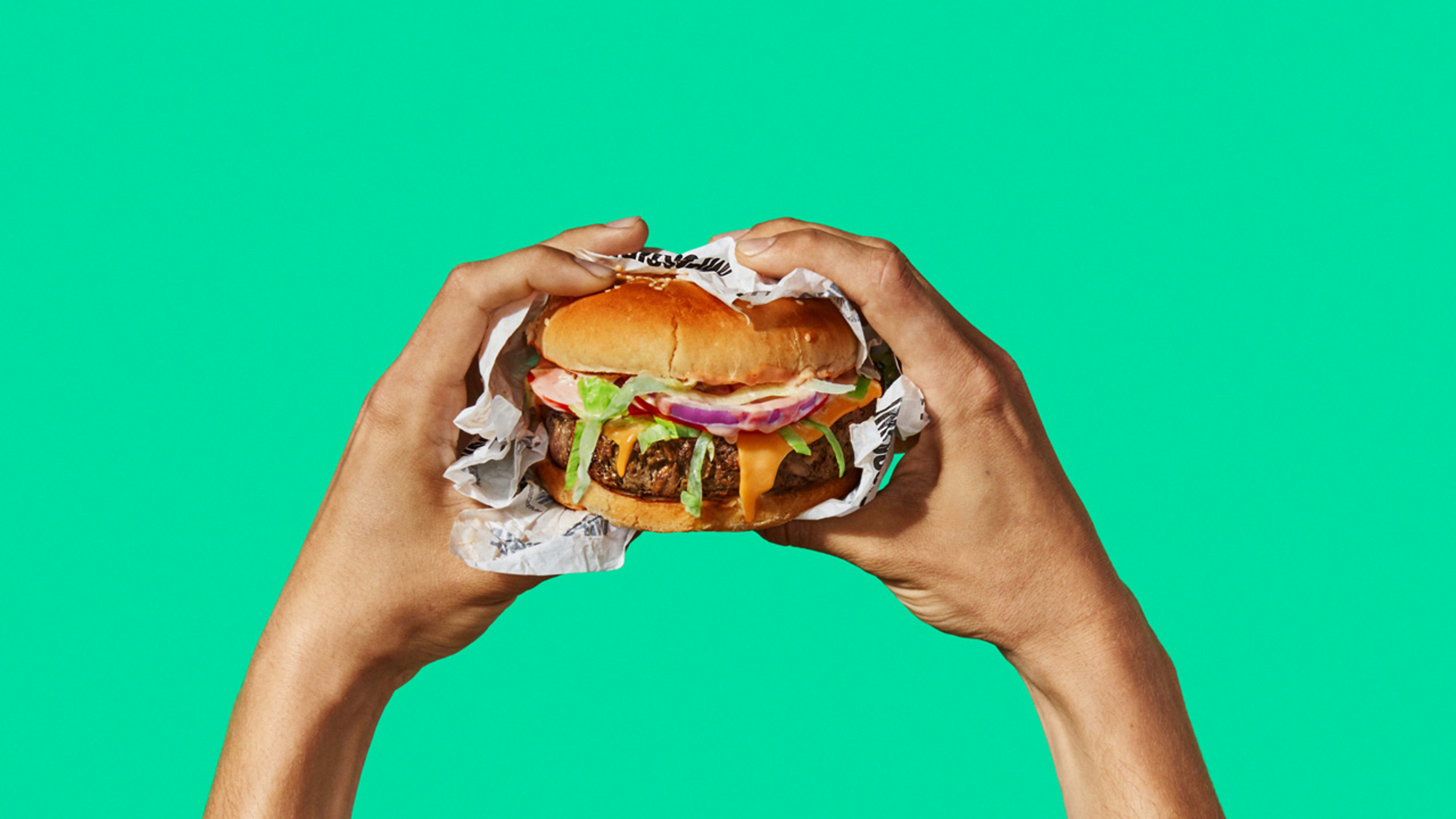Animal agriculture, particularly cattle, accounts for one-seventh of total emissions, and around a quarter of the global freshwater supply. It’s simply environmentally unsustainable in its current form. But every year across the U.S., people produce and consume around 9 billion pounds of ground beef from cows. Right now, out of its year-old manufacturing facility in Oakland, Impossible Foods is producing enough of its disconcertingly beef-like plant-based meat to account for about .02% of that demand.

“Compared to last year, though, there’s been a giant ramp-up,” says Jessica Appelgren, VP of communication for Impossible Foods. When the Oakland facility first opened last March, it churned out around 4,000 pounds of product, and the burgers made from the plant-based meat were sold in just around 40 restaurants. After having raised more than $450 million total since its founding, the company is ramping up operations at its Oakland facility to produce 500,000 pounds of meat each month to satisfy demand from the 3,000–and rapidly growing–restaurants that now serve Impossible foods.
These gains, along with how the company intends to keep them trending upward, are outlined in Impossible Foods’s first-ever impact report. Last year, the company released a sustainability report, detailing the ways in which the product stacks up against beef from cows: It uses around 75% less water, generates 87% fewer greenhouse gas emissions, and requires 95% less land. And because the burger is produced with all plant-derived ingredients–including the protein called heme, grown in a lab to mimic a protein found in blood to give the Impossible patty the bloody quality that’s produced a strong sense of cognitive dissonance in many a sampler–it does not contain hormones or antibiotics.

While the Impossible team was confident in all of this, “we were at the outset of some really major changes for our company when we put out the report,” Appelgren says. Impossible Foods, she adds, was transitioning from manufacturing out of a pilot plant in Redwood City, approximately the size of a big garage, to opening its custom facility in Oakland. “There wasn’t really a lot to report on in terms of production data,” Appelgren says.
But now the company is rapidly growing. So far, a single shift of workers produces the monthly 500,000 pounds of “meat” out of the 67,000-square-foot Oakland facility, but the company will be hiring a second (and maybe even third) shift to grow that total to at least 1 million pounds per month. They are also in the very early days of planning a second facility.

This year, the company wanted to use the its impact report to fully articulate its mission–something Impossible had not previously done. “We were so intent on launching the burger in the world and having it stand on its own as something that people will consume even if they don’t know about or even agree with our mission.” The company’s intent has always been to be something that people who consider themselves meat eaters choose to eat, because it tastes good and resembles meat, and perhaps, because these consumers understand the global imperative to reduce meat production and consumption. (Only around 3% of Impossible eaters are either vegan or vegetarian.)
The company is far from alone in this space–companies like Just, which just released a scrambled egg substitute made from mung beans, Ripple, which makes dairy products from peas, and Beyond Meat, which makes plant-based alternatives for beef, chicken, and sausage, all aim to create viable market alternatives for people that currently eat meat and dairy. “We want to be better than what we’re replacing,” Appelgren says, with the ultimate goal being that the combined force of these alternatives could eventually overshadow the need to continue meat and dairy production at its current massive scale.
Of course, we’re a long way off from that, and Impossible knows that. But they also know that a shift to a plant-based food system could reduce the need for agricultural land by as much as 75%, and drastically reduce emissions and water usage. For them, that’s enough of a guiding principle to keep pushing their rapid growth. And with Impossible burgers now on the menu at as typically American places like Applebee’s and White Castle, there’s a chance their way of thinking is going mainstream even faster than they anticipated.
Recognize your brand’s excellence by applying to this year’s Brands That Matter Awards before the early-rate deadline, May 3.
